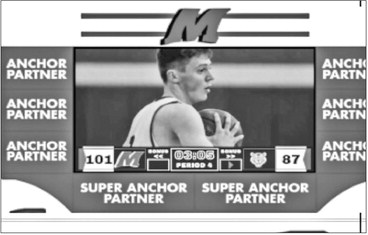Marathon OK’s video scoreboard


A closely divided Marathon City School Board has approved the purchase of a video scoreboard for the high school gym, which will cost the district about $100,000 more than a traditional board and a...


A closely divided Marathon City School Board has approved the purchase of a video scoreboard for the high school gym, which will cost the district about $100,000 more than a traditional board and a...